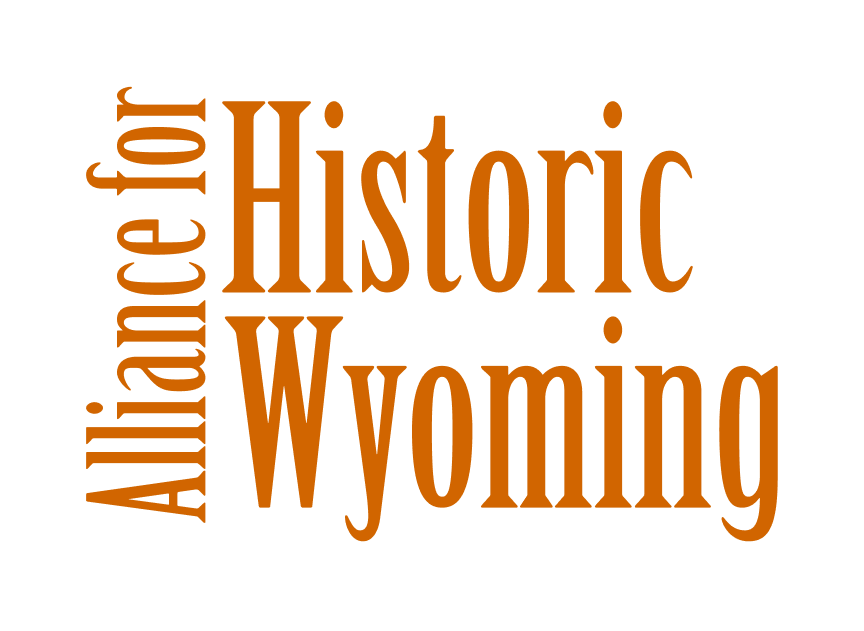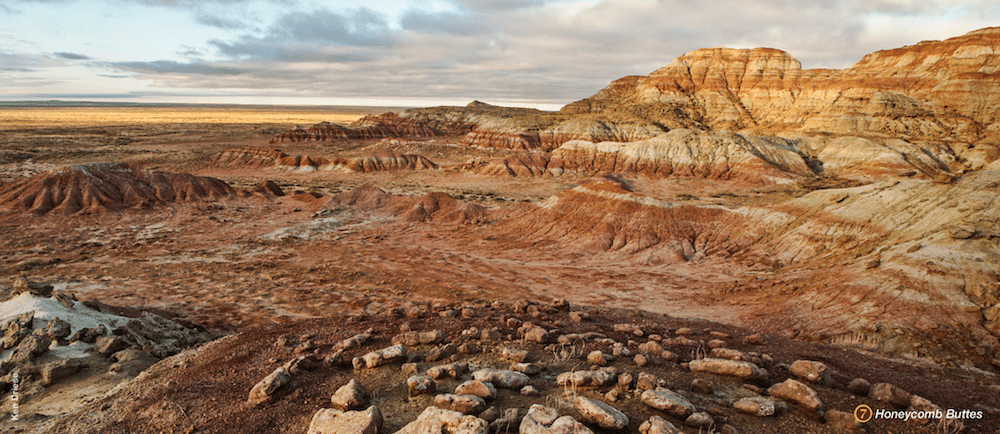ROCK SPRINGS, WY (August 22, 2024) – Today, the Bureau of Land Management released a proposed resource management plan (RMP) for the Rock Springs area that makes strides towards protecting the Oregon-California-Mormon National Historic Trails and other important historic and cultural sites. The plan clearly reflects public input the agency received and incorporated into protecting these popular and historically significant sites.
The Rock Springs Field Office contains a wide array of nationally and regionally significant historic and cultural sites, including the Oregon-California-Mormon and Pony Express National Historic Trails, the Overland Trail, the White Mountain and Cedar Canyon rock art sites, the Pine Springs, West Sand Dunes, and Blue Point archaeological sites, and other sites, including ranches, listed on the National Register of Historic Places.
Some of the most significant sites on the Oregon-California-Mormon and Pony Express National Historic Trails (NHTs) occur in the Rock Springs Field Office, including South Pass, Pacific Springs, the Parting of the Ways, Dry Sandy Crossing, Little Sandy Crossing, Big Sandy Crossing, and the Lander Cut-off/Road. These trails and their associated sites remain largely intact, with high integrity ruts and swales and viewsheds that, in many places, appear much the same as they did during the period when they were used in the mid-19th century. In fact, the National Park Service (NPS) has determined there are multiple long stretches of these trails that are “High Potential Segments,” largely where the trails cross the Northern Red Desert and Big Sandy Foothills.
The Alliance for Historic Wyoming’s Executive Director, Megan Stanfill issued the following statement:
“We applaud the BLM for largely ensuring these irreplaceable historic and cultural areas will be sustained for future generations to experience. In the Northern Red Desert and Big Sandy Foothills, our heritage is literally etched on this landscape as ruts from covered wagons and as rock art, which allows us to reckon with westward expansion and the full history of our nation in ways we cannot do in any other place. The agency’s decision to curtail development along much of the National Historic Trails, particularly in the western field office, is a big step forward, though some improvements could be made so that we can continue to learn from our history in deeply immersive and impactful ways.”
Anyone with questions or concerns may contact the Alliance for Historic Wyoming with the information provided below:
Debbie Cobb, Communications Coordinator

